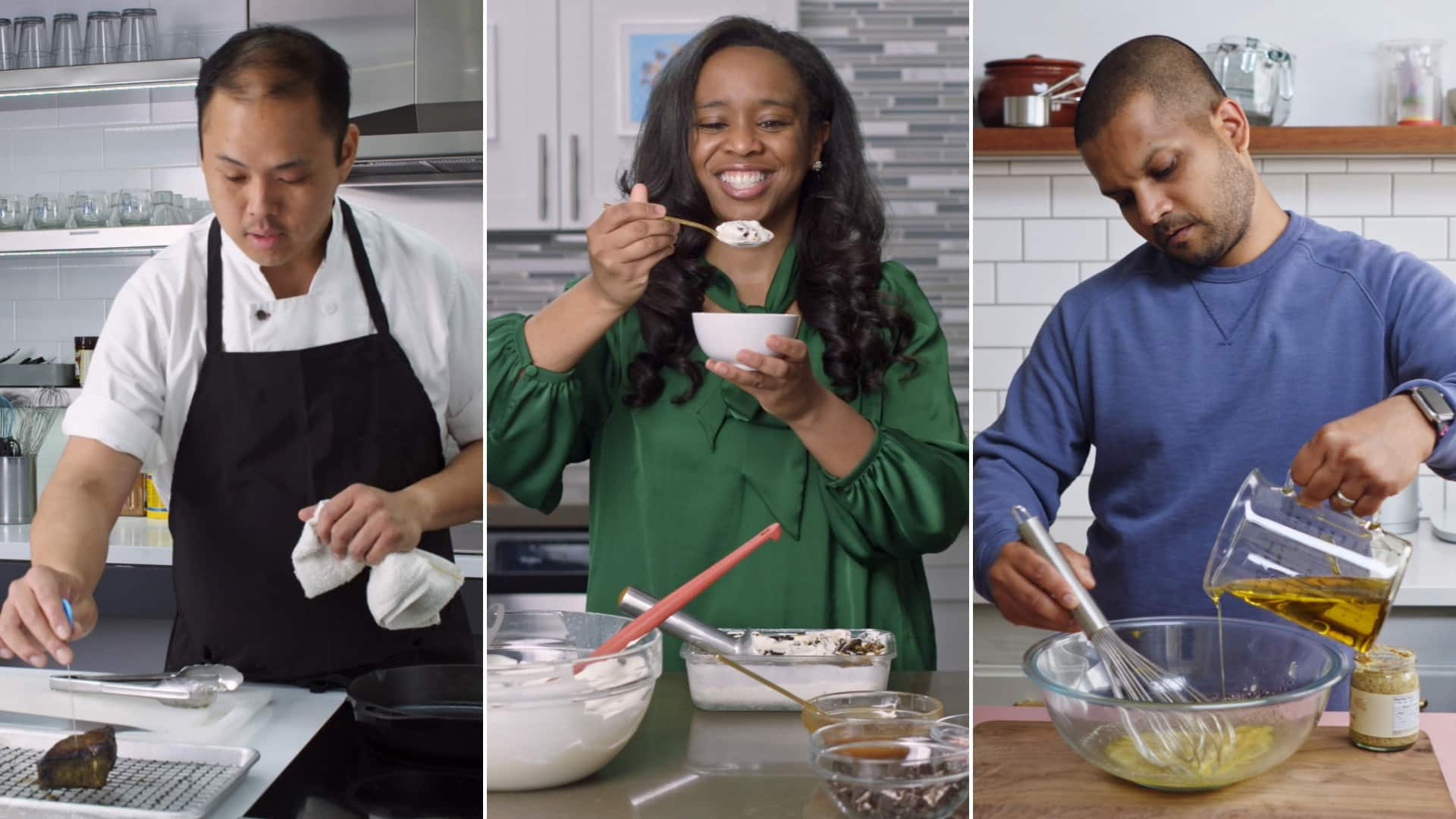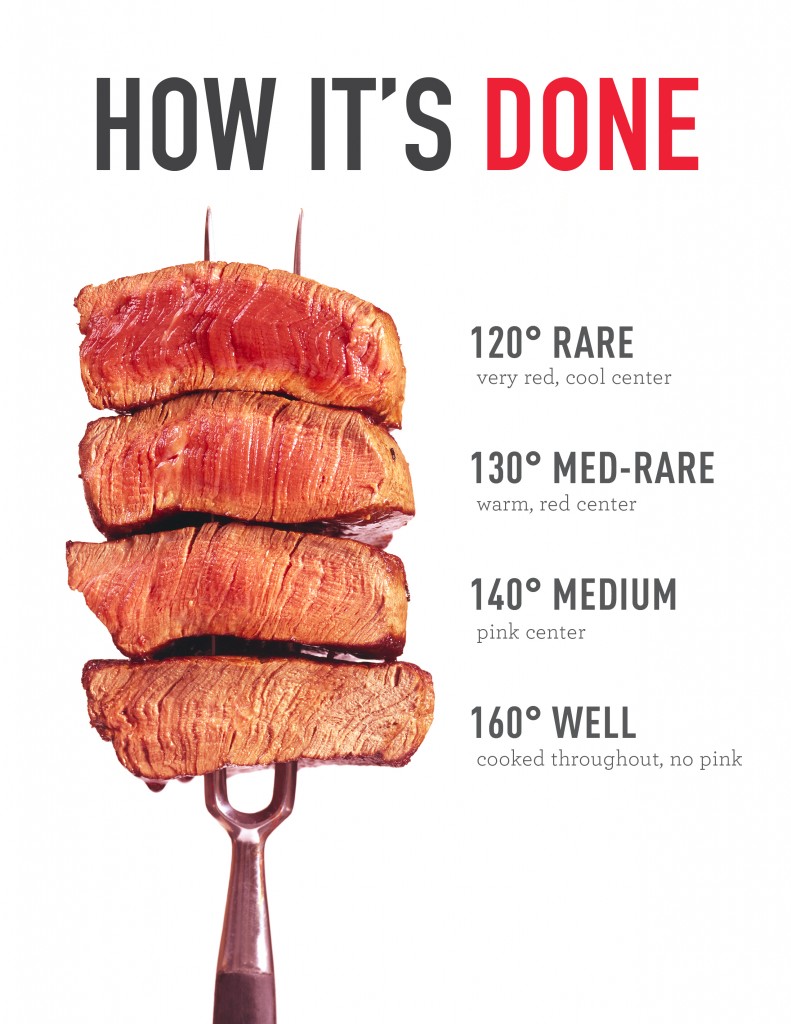
The most common reasons your cast-iron skillet is warping are: These are Thermal expansion (Sharp flash), and reseasoning. You'll find out how to avoid them in this article. Here are some easy ways to avoid warping your skillet. Here are some common causes. This article also covers Sharp flash and Reseasoning.
Thermal expansion
Cast iron can warp due to temperature fluctuations. Cast iron's center expands when temperatures change quickly. The outer layer does not. In addition, sudden changes in temperature, such as immersion in cold water, can cause the cast iron to warp and break. Thermal shock is the name of this phenomenon. There are preventative steps you can take to avoid this, like heating the cast iron pan carefully before using it.
Before you cook with high heat, it is important to let your meat cool off before placing in the pan. This will reduce the temperature differences between the meat & the pan. Unmatched pan sizes can also lead to warping. A mismatched pan size can cause warping. For instance, if a large pan is placed on a small stove, and the heat only touches the center, it will expand faster than other parts of the pan.

Sharp flash
You've likely seen this issue if you own cast iron cookware. A sharp flash is caused by sudden temperature changes. The pan's hot center expands, while its cool center does not. This causes iron stress, which leads to it warping. Most flashes are removed during the finishing stage. Some can be kept inside the handle. You should remember that flashing will not cause damage to cooking or handling.
Cast iron cookware can begin to warp when it is easy to detect by the shape of the pan. This is most noticeable on the bottom. This is more common in long, flat castings. Look for curving shapes near the thickest portion of the wall. Warped pans often cause liquid to pool in the middle and uneven cooking. You can try to flatten the pan if you observe any of these symptoms. If it's warped, it's a sign of a warped pan, but may still be usable on a gas stove burner or in the oven. The collectible price of the item will drop if the warp becomes too severe.
Re-seasoning
Place a few ice cubes on your warped cast-iron skillet and run a little cold water over them. This will make it easy and quick to season the skillet. The ice will flatten the area and the water will cool it down. The temperature differences between the water temperature and the cast iron pan are what causes warping.

Cast iron can be reseasoned to ensure it is strong and resists warping. This will prevent your pans rusting as they are less susceptible to rust than unseasoned cast iron. Preheat your pan to 200°F. Once the pan has been heated, you should notice a little oil pooling in low places. When the oil has accumulated in the lower areas, heat the pan at 450°F for an hour. Once it is done, remove the skillet from the oven and coat with oil again. Bake for an additional hour at 450°F.
FAQ
Do I need to buy any ingredients to cook?
You don't necessarily need to buy any ingredients. Many grocery stores carry pre-made sauces and items that can be used as substitutes. However, if you want to save money, then buying pre-made meals can be helpful.
How Long Does It Take to Be a Chef? What's the average career path for a chef?
A chef's career takes about five years. You will learn basic cooking techniques, and get experience as a chef assistant. You can apply for line, sous or executive chef positions after you complete your training. The annual average salary of a chef is $25,000-$60,000.
What are the benefits to using a slow cooker
Slow cookers can be very helpful because you can prepare delicious meals quickly. Slow cooker recipes often have a lower oil and fat content than traditional recipes. Because they cook for you while you sleep, slow cooker recipes can be convenient.
How can I motivate myself to cook?
When you cook with your family and friends, cooking is enjoyable. Cooking for your own family is much easier than making meals for others. Try something new if you want to feel motivated to cook. You will be able to learn new techniques and ingredients. You can also use recipes from other cultures to increase your culinary knowledge.
What are the Qualifications to be a Chef
You must hold a bachelor's in culinary arts to be a chef. A number of ACF tests will be required. You will be issued a certificate once you meet all the requirements.
Statistics
- In the United States, the category is estimated at $23.2 billion annually and is growing faster than the market. (washingtonpost.com)
- According to the BLS, chefs earn $58,740 a year. (learnhowtobecome.org)
- The median pay for a chef or head cook is $53,380 per year or $25.66/hour, according to the U.S. Bureau of Labor Statistics (BLS). (learnhowtobecome.org)
External Links
How To
How to cook steak
The type of meat you are cooking will determine the right method to use. For example, thinner steaks are best cooked over low heat, while thicker ones need higher temperatures.
It's important to not overcook the steaks as they will lose their taste. Make sure to remove the steaks from the pan after it is done. This will help you avoid burning your skin.
Cooking time will depend on the size of your steak and the desired level of doneness. Here are some general guidelines:
Medium Rare: Cook until medium-rare, which is when the internal temperature reaches at least 145degF (63degC). This takes between 3 and 5 minutes per side.
Medium: Cook until medium, which means the internal temp reaches 160degF (71degC). This normally takes around 6 minutes per side.
Good Cooking: Cook the meat until it is done. This means that the internal temperature reaches 180F (82C). This takes between 8 and 12 minutes per side.